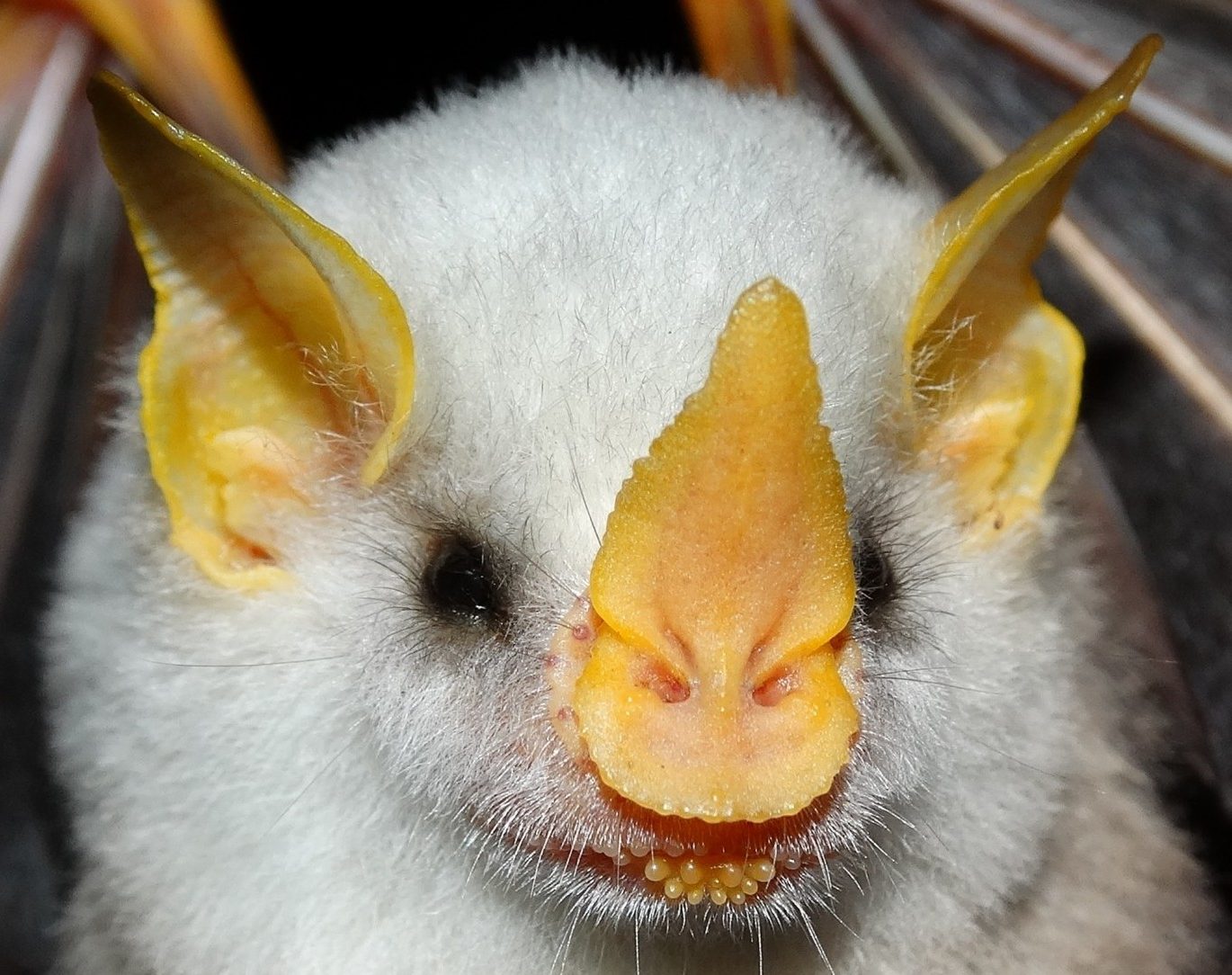The interactions between plants and animals have been a major driver of biodiversity over the course of evolution, and are responsible for maintaining and rebuilding healthy ecosystems. One of the reasons why flowering plants became the most diverse group of land plants is their ability to associate with animals to enhance their reproduction. Hundreds of plant species depend on bats for pollination and seed dispersal; in exchange, bats gain reliable sources of food from flowers or fruits. In this way, the anatomy, physiology, and behavior of plants and bats have entangled with each other in a fascinating coevolutionary dance that has led to textbook examples of mutualisms.
Coevolution between fruit bats and fruits

Plants have evolved an outstanding diversity of fruit characteristics to signal ripeness to frugivores and, in turn, frugivores have evolved specialized sensory abilities that allow them to locate ripe fruits. The ecological interactions between fruiting plants and fruit-eating bats are crucial to the maintenance and regeneration of tropical ecosystems worldwide. If and how bats have shaped the evolution of fruits traits, and how bat sensory abilities have evolved to detect fruit signals, however, remains poorly understood.
We are currently investigating the coevolution between fruit scents and the olfactory ability and behavioral preferences of fruit-eating bats. This work integrates advanced tools from analytical chemistry, molecular genetics and behavioral ecology to generate unprecedented data on plant volatile molecules, bat diet, olfactory genes, and behavioral preferences. Our ultimate goal is to link patterns of diversity in: (1) mutualism strength, (2) fruit scent chemical composition, (3) bat olfactory receptor subgenomes, and (4) bat behavioral preferences, which will allow us to elucidate whether mutualism has imposed selective pressures on plant and frugivore traits, or if their diversity is best explained by other factors.
This work has been funded by NSF award 1456375 and the Fulbright Scholars Program, and is in collaboration with the Riffell Lab at UW, the Dávalos Lab at SUNYSB, and the Chaverri Lab at UCR.
Plant-nectarivore interactions
Both plants and animals have generalist and specialist strategies, and scientists have mostly studied the striking anatomical and sensory fine-tuning between specialist plants (those seeking exclusive pollinating or dispersal services) and specialist animals (those feeding on a small subset of plant resources). Additionally, due to their physical and behavioral attributes, not all animals are equally efficient at providing services to plants, and many can even “cheat” the mutualistic contract by robbing nectar, eating seeds, etc. This poses an interesting conundrum: what are the processes that allow plants and animals to develop and maintain their networks of relationships? We are collaborating with the Rico-Guevara lab to begin addressing this question on a network of coexisting plants and their vertebrate pollinators (hummingbirds and bats) in Colombia and Costa Rica.
Plant-bat networks

On a broader scale, we are collaborating with the Mello lab to study the role of bats and their ecomorphological traits as links in plant-bat networks. The ultimate goals of this project are to understand the role of bats and their traits in structuring ecological communities, and to formulate a new synthesis of the assembly rules of complex ecological systems.
